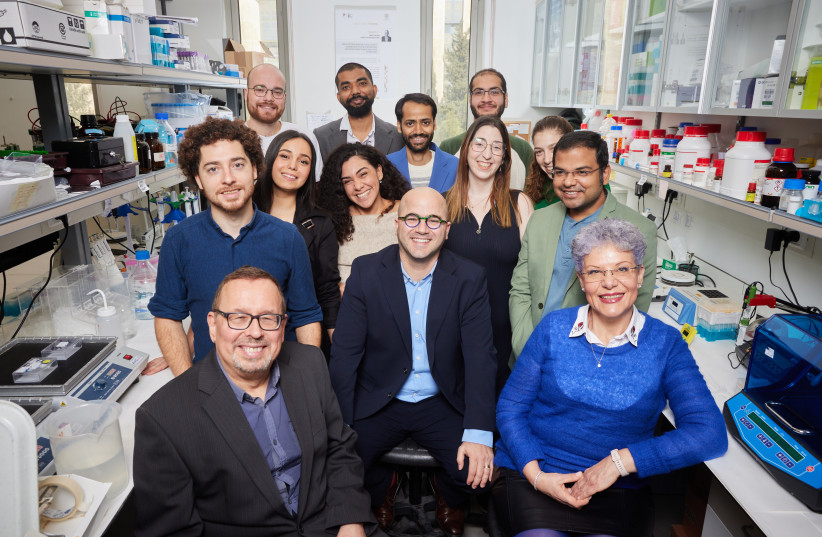According to the American Psychiatric Association, autism spectrum disorder (ASD) is diagnosed four times more frequently in males than in females. Some researchers suggest that this doesn’t reflect the actual prevalence of the disorder because of the way ASD is diagnosed and that females are, in fact, underdiagnosed.
Now a new rodent study from the Hebrew University of Jerusalem (HU) reveals striking similarities in synaptic abnormalities and behavioral patterns between male and female mouse models of ASD. The study challenges the traditional focus on male subjects in ASD research and highlights the critical importance of including both sexes in investigations.
The researchers said that “no evidence suggests that males are at a higher risk than females due to their unique genetic source.” They call for a “pivotal shift” in the scientific community’s approach to understanding and addressing ASD, emphasizing the necessity of considering both males and females to grasp comprehensively the complexities of the disorder.
The new study led by Prof. Haitham Amal at HU’s School of Pharmacy in the Faculty of Medicine investigated the sex-specific synaptic and behavioral differences in ASD mouse models, revealing significant insights into the condition.
A new study, featured in Scientific Reports under the title “Mutations associated with autism lead to similar synaptic and behavioral alterations in both sexes of the male and female mouse brain,” looked at young male and female mice with specific mutations linked to autism and compared them to regular mice.

They used two different mouse models with two human-based mutations. They aimed to understand how their brain connections work by checking certain proteins there. They also checked how many tiny structures in brain cells were present using a special staining method (Golgi).
Results showed male and female mice with mutations had much in common
They all showed major drops in spine density and in levels of GAD1, NR1, VGAT, and Syp (neuronal signaling proteins) compared to normal mice. This suggests their brain connections didn’t develop properly. Interestingly, these issues in brain connections were similar in both male and female mice, and it matched up with how they behaved in tests that measured sociability. They also found that the social behavior deficits were similar in both sexes.
Amal commented on the significance of these discoveries. “Our study underscores the need to consider both sexes in ASD investigations. The observed similarities in synaptic alterations between male and female ASD mice challenge the traditional focus on males, urging the scientific community to broaden its approach and include females in ASD studies.”
These discoveries hold significant implications for understanding ASD’s neurodevelopmental aspects. They stressed how synaptic and behavioral changes in both male and female ASD mice align, stressing the need to study females alongside males in ASD research.
This study urges a fundamental change in ASD research, highlighting the importance of considering both sexes to fully grasp and address the complexities of autism spectrum disorder. It signifies a vital progression in unraveling ASD complexities, marking a substantial milestone in understanding the condition beyond the typical male-focused approach.
Globally, substantial funding is dedicated to autism research, with estimates reaching billions of dollars a year. However, historically, a significant proportion of this funding has been predominantly directed towards studying autism in boys, reflecting the higher prevalence in males.
Studies suggest that a considerable imbalance exists in research allocation, with significantly fewer resources dedicated specifically to understanding and addressing autism in girls. Efforts to bridge this gap and allocate more resources toward understanding the unique manifestations and needs of girls on the autism spectrum must be recognized as crucial in advancing comprehensive autism research and support.
